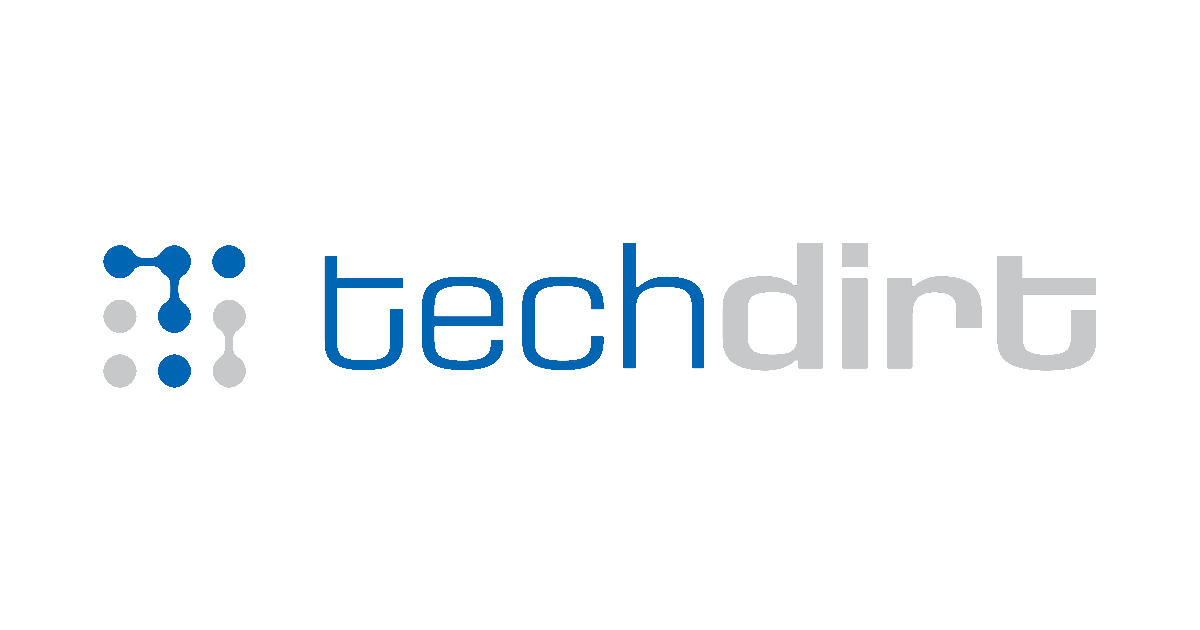
Judge: Just Because AI Trains On Your Publication, Doesn’t Mean It Infringes On Your Copyright
AI Training and Copyright: Understanding the New Legal Landscape of Digital IP Protection
In an era where artificial intelligence increasingly intersects with creative works, the boundaries of intellectual property rights are being tested like never before. Recent legal developments have sparked crucial discussions about how AI training impacts copyright protection - and what it means for creators and businesses working to secure their digital assets.
Key Developments
The evolution of AI technology has created unprecedented challenges in intellectual property protection. While traditional copyright law focused on direct copying and distribution, machine learning introduces new complexities around how creative works are used and processed. Courts are now grappling with fundamental questions about whether AI training constitutes copyright infringement - and their early decisions suggest a more nuanced view than many expected.
The legal landscape is shifting toward recognizing that computational analysis of creative works, including AI training, may fall under fair use in many circumstances. This represents a significant departure from conventional thinking about copyright protection.
Implications for IP Protection
These developments create both opportunities and risks for intellectual property holders. While AI training may not automatically constitute infringement, creators still need robust systems to:
- Establish clear ownership of their works
- Document when content was created
- Maintain verifiable proof of existence
- Track how their IP is being used
The challenge lies in balancing innovation with proper attribution and protection of creative rights.
Industry Impact
Content creators and businesses must adapt their IP protection strategies for this new reality. Traditional copyright registration alone may no longer provide sufficient protection. Organizations need:
- Transparent documentation of creative processes
- Verifiable timestamps of work creation
- Immutable proof of ownership
- Clear usage rights documentation
Legal professionals are increasingly advising clients to implement proactive protection measures before disputes arise.
Blockchain Solutions
Bitcoin blockchain certification offers a powerful solution to many of these challenges. By creating an immutable record of intellectual property on the world's most secure blockchain, creators can:
- Establish definitive proof of existence at a specific time
- Demonstrate ownership with cryptographic certainty
- Create tamper-proof documentation of their rights
- Build legally defensible evidence trails
Unlike traditional IP protection methods, blockchain certification provides transparent, verifiable proof that cannot be altered or disputed after the fact.
Protection Best Practices
To protect intellectual property in this evolving landscape:
- Document creation processes thoroughly
- Implement regular blockchain certification of key works
- Maintain clear records of usage rights and licenses
- Monitor for potential infringement
- Consider implementing automated protection systems
Proactive protection through blockchain certification creates a strong foundation for defending IP rights.
Future Outlook
The intersection of AI and intellectual property will continue to evolve. Creators who establish strong protection systems now will be better positioned to:
- Defend their rights in future disputes
- Maintain control over their creative works
- Adapt to changing legal frameworks
- Capitalize on new opportunities
Conclusion
The relationship between AI training and copyright protection highlights the need for modern IP protection solutions. While the legal landscape continues to evolve, creators can take concrete steps to secure their intellectual property through blockchain certification and proper documentation.
Ready to protect your intellectual property with the power of blockchain? Learn more about our secure certification solutions and take control of your creative future.